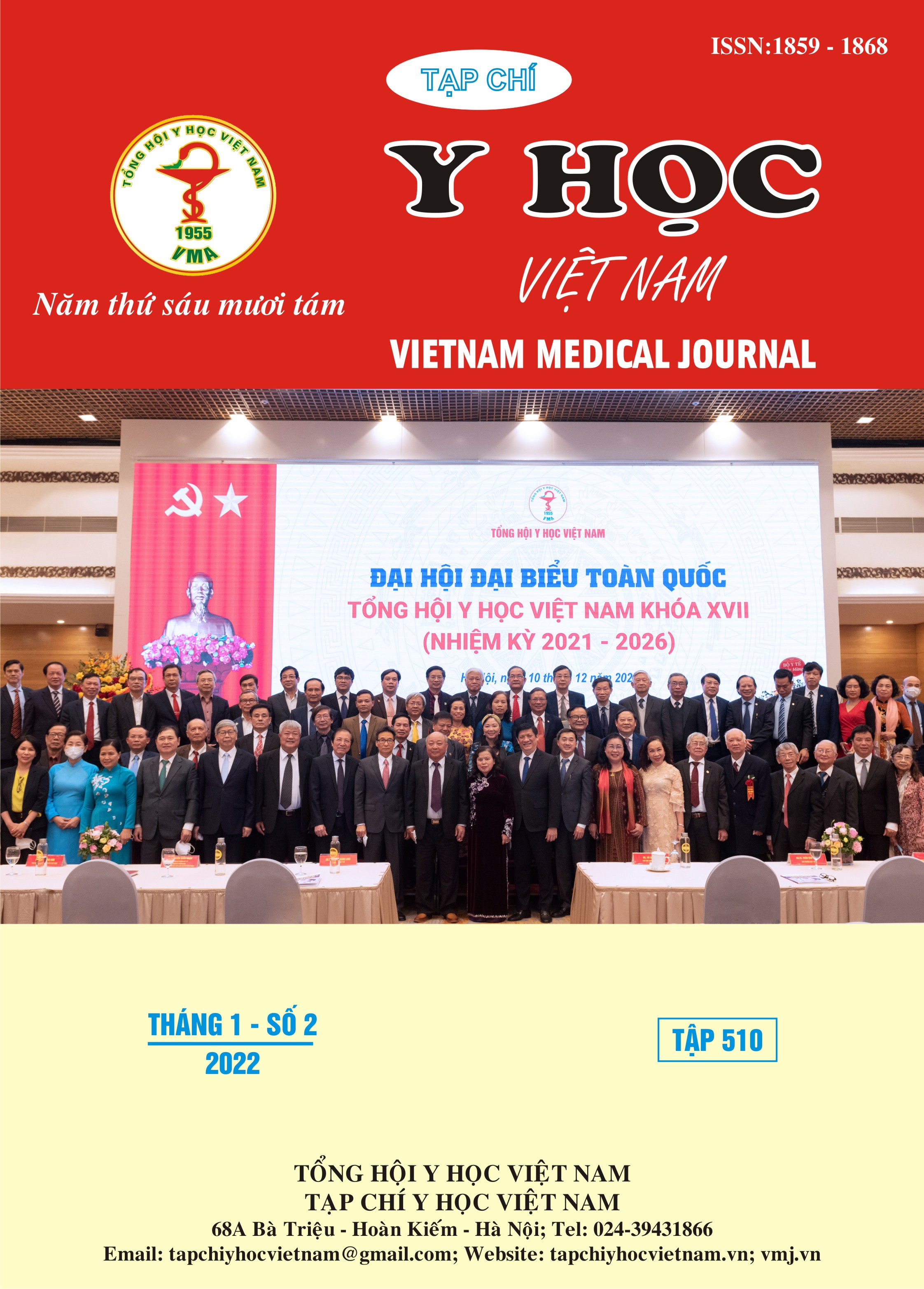THE ROLE OF SARC-F SCALE IN PREDICTING PROGRESSION RISK OF COVID-19 IN ELDERLY PATIENTS TREATED AT THE INFECTIOUS FIELD HOSPITAL NO.5G
Main Article Content
Abstract
Objectives: To investigate the association between the risk of myasthenia gravis and disease severity in elderly COVID-19 patients. Methods: A prospective cohort study of 182 hospitalized elderly patients (≥60 years of age) with confirmed COVID-19 pneumonia between September 6, 2021 and October 30, 2021. Epidemiological, sociodemographic, clinical and laboratory data on admission and outcome data were extracted from electronic medical records. All patients were assessed for myasthenia gravis on admission using the SARC-F score and as a result the development of worsening disease during hospital stay. We used the Cox proportional hazard model to determine the association between sarcopenia and disease progression. Results: Among 182 patients, 87 (47.8%) were at high risk for sarcopenia while 95 (52.2%) were not. We found that 42 (23.1%) patients progressed to more severe cases. COVID-19 patients at higher risk of developing sarcopenia were more likely to develop severe disease than those without (36.8% vs 10.5%, p <0.001). After adjusting for demographic and clinical, and laboratory factors, a higher risk of sarcopenia was associated with a higher risk of severe condition [hazard ratio =6.37 (95% CI: 1,61-25,18)]. Conclusion: The risk of sarcopenia in elderly patients with COVID-19 was common. People with at higher risk of sarcopenia were more likely to develop more serious conditions. A simple physician assessment of sarcopenia can provide early warning in older patients who are at high risk for more severe COVID-19 pneumonia.
Article Details
Keywords
COVID-19, SARC-F, Sarcopenia, Prognosis, Elderly
References
2. Malmstrom T.K, Miller D.K, Simonsick E, M,. et al. (2016). SARC‐F: a symptom score to predict persons with sarcopenia at risk for poor functional outcomes. Journal of cachexia, sarcopenia and muscle, 7(1): 28-36.
3. BỘ Y TẾ (2021). Hướng dẫn chẩn đoán và điều trị COVID-19.
4. Organization World Health (2020). Clinical management of severe acute respiratory infection ( SARI) when COVID-19 disease is suspected: interim guidance, 13 March 2020, World Health Organization.
5. Maeda K, Akagi J (2017). Muscle mass loss is a potential predictor of 90‐day mortality in older adults with aspiration pneumonia. Journal of the American Geriatrics Society, 65(1): e18-e22.
6. Wakabayashi H, Sakuma K (2014). Rehabilitation nutrition for sarcopenia with disability: a combination of both rehabilitation and nutrition care management. Journal of cachexia, sarcopenia and muscle, 5(4): 269-277.
7. Can B, Kara O, Kizilarslanoglu M.C. et al. (2017). Serum markers of inflammation and oxidative stress in sarcopenia. Aging clinical and experimental research, 29(4): 745-752.
8. Bano G, Trevisan C, Carraro S. et al. (2017). Inflammation and sarcopenia: a systematic review and meta-analysis. Maturitas, 96: 10-15.


